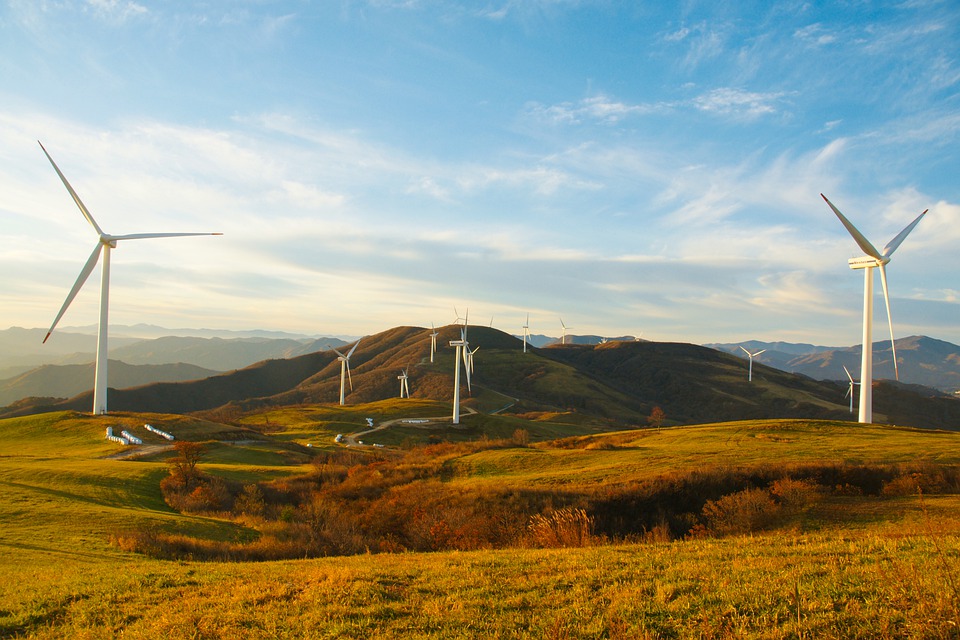Ammonia and the Environment: The Unintended Consequences of Our Love of Fertilizers
As we strive to feed the world’s growing population, our reliance on fertilizers has become a double-edged sword. While they have undoubtedly increased crop yields and food production, the unintended consequences of their use are starting to surface. Ammonia, a key component of many fertilizers, is wreaking havoc on the environment, and it’s time we take a closer look.
The Problem with Ammonia
Ammonia (NH3) is a colorless gas with a pungent smell, produced when nitrogen-rich fertilizers like urea, ammonium nitrate, and ammonium sulfate are used on crops. While it’s essential for plant growth, excessive amounts can have devastating effects on the environment.
Unintended Consequences
- Air Pollution: Ammonia emissions contribute to smog, acid rain, and ground-level ozone, which can exacerbate respiratory problems and damage crops.
- Water Pollution: Ammonia can leach into waterways, harming aquatic life and contributing to eutrophication, a process that depletes oxygen in water bodies.
- Climate Change: The production and transportation of fertilizers, including ammonia, emit greenhouse gases, contributing to climate change.
- Soil Degradation: Overuse of fertilizers can alter soil chemistry, leading to nutrient deficiencies, reduced soil fertility, and decreased crop yields.
The Impact on Ecosystems
Ammonia’s effects on ecosystems are far-reaching:
- Loss of Biodiversity: Ammonia pollution can alter the composition of plant and animal communities, leading to a decline in biodiversity.
- Habitat Destruction: Eutrophication can create "dead zones" where aquatic life cannot thrive.
- Human Health Risks: Exposure to ammonia can cause respiratory problems, eye irritation, and other health issues.
The Search for Sustainable Solutions
- Precision Agriculture: Farmers are adopting precision agriculture techniques, using sensors and data analytics to optimize fertilizer application and reduce waste.
- Organic Farming: Organic farming methods, which eschew synthetic fertilizers, are gaining popularity, promoting soil health and biodiversity.
- Alternative Fertilizers: Researchers are exploring alternative fertilizers, such as biofertilizers and organic amendments, that are more environmentally friendly.
- Policy Changes: Governments are implementing regulations and incentives to reduce fertilizer use and promote sustainable agriculture practices.
Image: A farmer applying organic fertilizer to a crop field, a sustainable alternative to traditional synthetic fertilizers.
FAQs
Q: What percentage of ammonia emissions come from fertilizer use?
A: Approximately 80% of ammonia emissions come from fertilizer use.
Q: What are the main sources of ammonia emissions?
A: Fertilizer production, transportation, and application, as well as animal waste and industrial processes.
Q: How can I reduce my environmental impact as a consumer?
A: Choose organic or locally sourced produce, support sustainable agriculture initiatives, and reduce food waste.
Q: What can farmers do to reduce ammonia emissions?
A: Implement precision agriculture techniques, use organic or alternative fertilizers, and adopt cover cropping and crop rotation practices.
As we continue to navigate the complexities of sustainable agriculture, it’s essential to acknowledge the unintended consequences of our actions and work together to find solutions that benefit both people and the planet.



